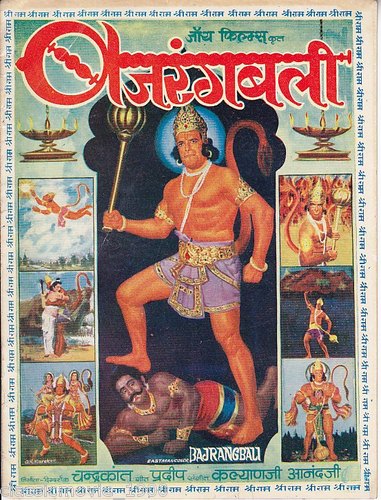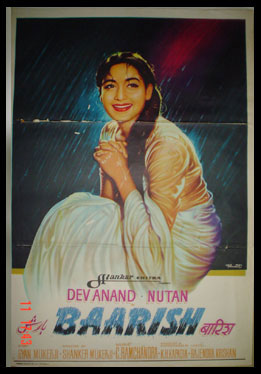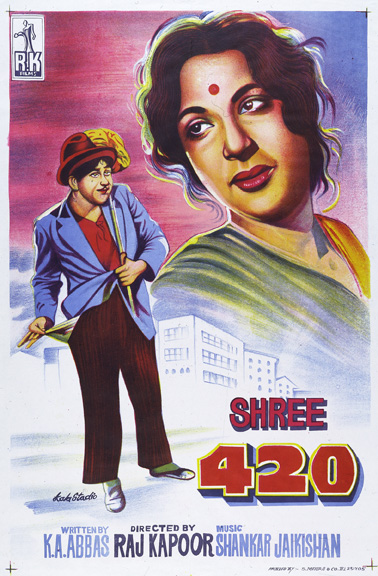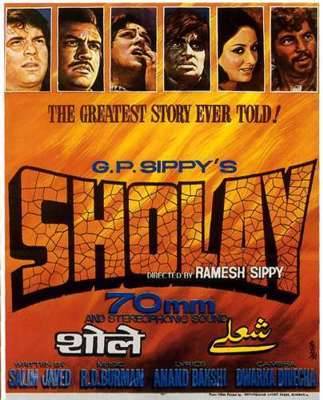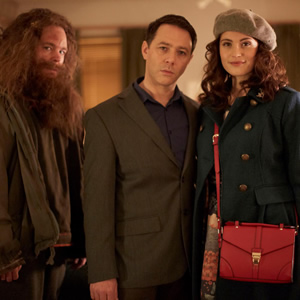Film-makers: ever wished you could just magically find the perfect segment of music at a price you can afford? Musicians: ever wished your old compositions could bring in extra cash without you having to do any whoring around?
You might as well ask, “Bears: have you ever thought to avail yourselves of the bowel evacuation facilities provided by a sylvan environment?”
Soundcheque.com really is a no-brainer. Composers upload their music. Film-makers search by genre or mood and download the pieces they like. Or, even easier, they ask Soundcheque to suggest an artist and negotiate on their behalf according to their budget – this bespoke service comes at no extra cost, and overall Soundcheque take just 20% of the fee and 0% of any royalties, surely the best deal out there for composers.
The effervescent founder, Laura Westcott, is a classically trained musician and singer who founded the site for love rather than money, and is most definitely on the artists’ side. “My accountant thinks I’m mad not to take a bigger cut,” she confesses, “but for me it’s just the right thing to do.”
I first wrote about Soundcheque the day it soft-launched, back in January (click here to read). It had just 50 composers and 19 Facebook fans. Nearly a year later, it has 1,000 composers (twice as many as its nearest UK rival) and 35,000 Facebook fans, and on Tuesday night celebrated its relaunched website with a banging party at Concrete in Shoreditch. There were terrific sets from Soundcheque protégés Sykes and from beatboxing legend Beardyman; also in attendance were XFM DJs Sunta Templeton and Liam Young (pictured above), as well as the still utterly fabulous Patricia Quinn.*
The great thing about Soundcheque now is its range. It welcomes micro-budget film-makers who can only afford £50 for a track, but Laura Westcott has also been courting the big advertising agencies. The latest convert to the Soundcheque cause is Sir Martin Sorrell, CEO of WPP (only the world’s largest advertising company), whom she met at an awards ceremony in the House of Lords, as you do. Sky and the BBC have started using Soundcheque too.
As to the future, Laura will be doing a talk and workshop on music licensing at the BFI’s Future Film Festival in February. Caffè Nero plan to use Soundcheque music in their coffee shops, as well as getting Soundcheque bands to play live. There will be a songwriting competition in association with Gibson Guitars. And next summer, I can exclusively reveal, Soundcheque will be running a stage at the Latitude Festival in conjunction with Live Nation. The production team will be drawn from a pool of youngsters with the Prince’s Trust, with whom Laura does a lot of pro bono work.
It all sounds almost too good to be true – especially when Laura, at her party, is resplendent in a dress loaned by Vivienne Westwood. And then she reveals that there were times before the bigger business started coming in when, to make ends meet, she had to rent out her flat and sleep in her car. Now that’s passion. Long may she remain in the driving seat.
*Patricia Quinn, of course, played Magenta in the Rocky Horror Picture Show, and I first met her at a party of Kim Newman’s, where she sang the whole of Science Fiction Double Feature in the kitchen. This follows on from Richard O’Brien serenading me after dinner in the Ivy Club, so an open call to Susan Sarandon, wherever you are: I’m waiting for a burst of Touch-a Touch-a Touch Me!














